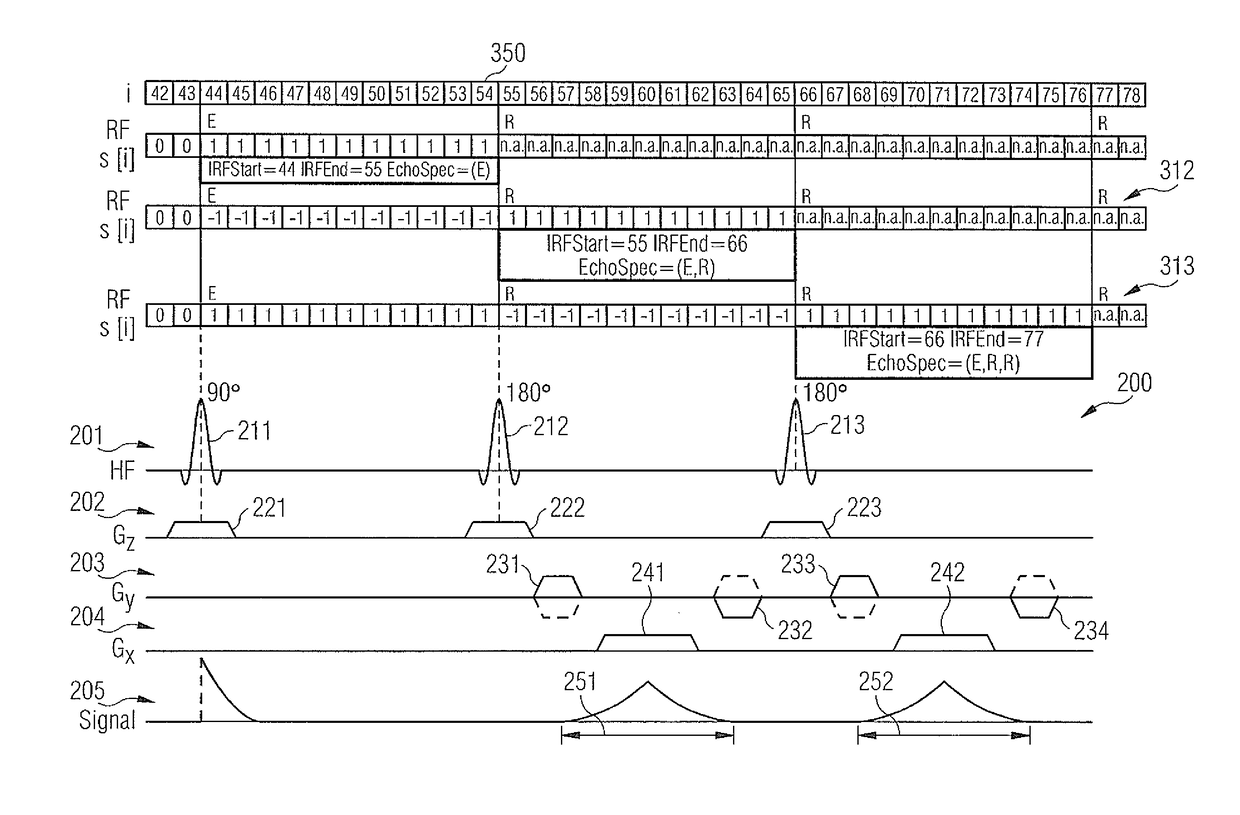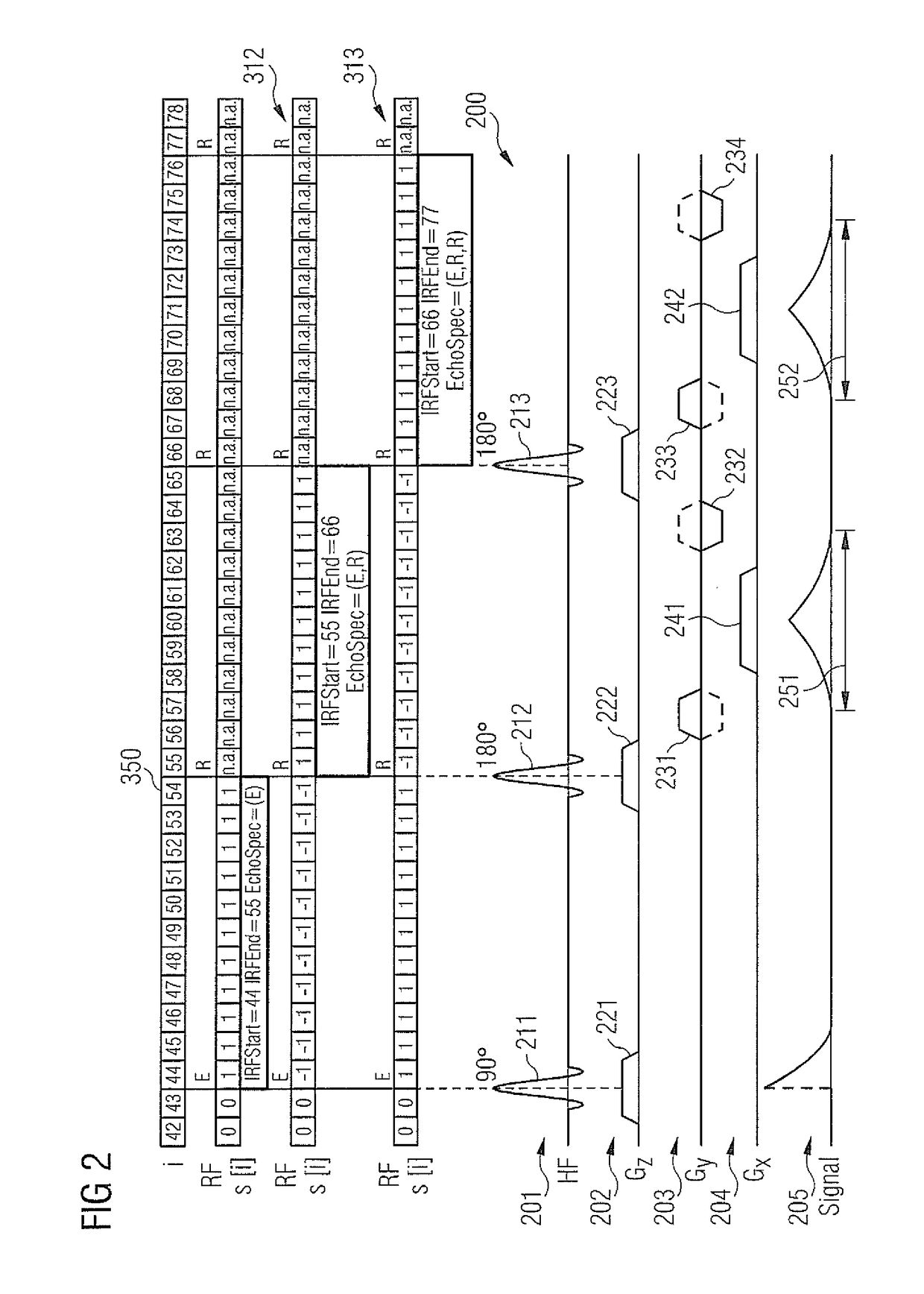Method and magnetic resonance apparatus for determining a scan sequence based on a pulse response of the gradient system
- Summary
- Abstract
- Description
- Claims
- Application Information
AI Technical Summary
Benefits of technology
Problems solved by technology
Method used
Image
Examples
Embodiment Construction
[0049]The above-described properties, features and advantages of this invention and the way in which they are achieved will become clearer and more easily understandable in connection with the following description of the exemplary embodiments, which will be explained in more detail in connection with the drawings.
[0050]The following describes the present invention with reference to preferred embodiments and with reference to the drawings. In the figures, the same reference numbers designate the same or similar elements. The figures are schematic presentations of different embodiments of the invention. Elements depicted in the figures are not necessary shown true-to-scale. Instead, the different elements shown in the figures are depicted such that their function and general purposes can be understood by the person skilled in the art. Connections and couplings between functional units and elements depicted in the figures can also be implemented as indirect connections or couplings. A...
PUM
 Login to View More
Login to View More Abstract
Description
Claims
Application Information
 Login to View More
Login to View More - R&D
- Intellectual Property
- Life Sciences
- Materials
- Tech Scout
- Unparalleled Data Quality
- Higher Quality Content
- 60% Fewer Hallucinations
Browse by: Latest US Patents, China's latest patents, Technical Efficacy Thesaurus, Application Domain, Technology Topic, Popular Technical Reports.
© 2025 PatSnap. All rights reserved.Legal|Privacy policy|Modern Slavery Act Transparency Statement|Sitemap|About US| Contact US: help@patsnap.com



